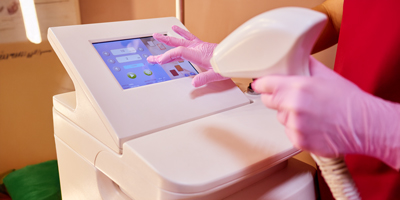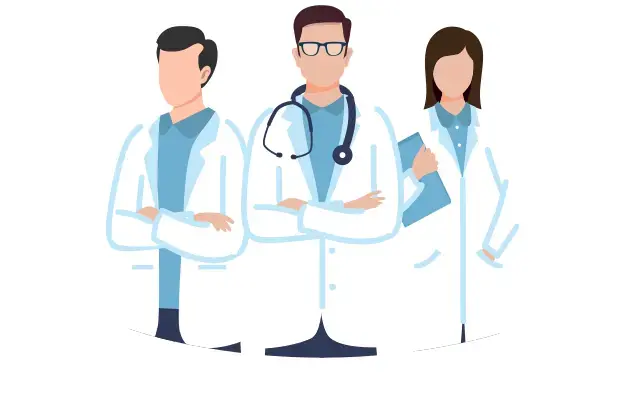You should consult a doctor immediately if you notice any of the following:
- A new lump or thickening in your breast tissue
- Changes in breast size, shape, or symmetry
- Discharge from the nipple, especially if bloody
- Skin dimpling, redness, or puckering over the breast
- Pain or tenderness in the breast or underarm area
- Persistent lump that does not go away after a menstrual cycle
- Early evaluation ensures timely treatment and better outcomes.
You should consult a doctor immediately if you notice any of the following:
- A new lump or thickening in your breast tissue
- Changes in breast size, shape, or symmetry
- Discharge from the nipple, especially if bloody
- Skin dimpling, redness, or puckering over the breast
- Pain or tenderness in the breast or underarm area
- Persistent lump that does not go away after a menstrual cycle
- Early evaluation ensures timely treatment and better outcomes.






















